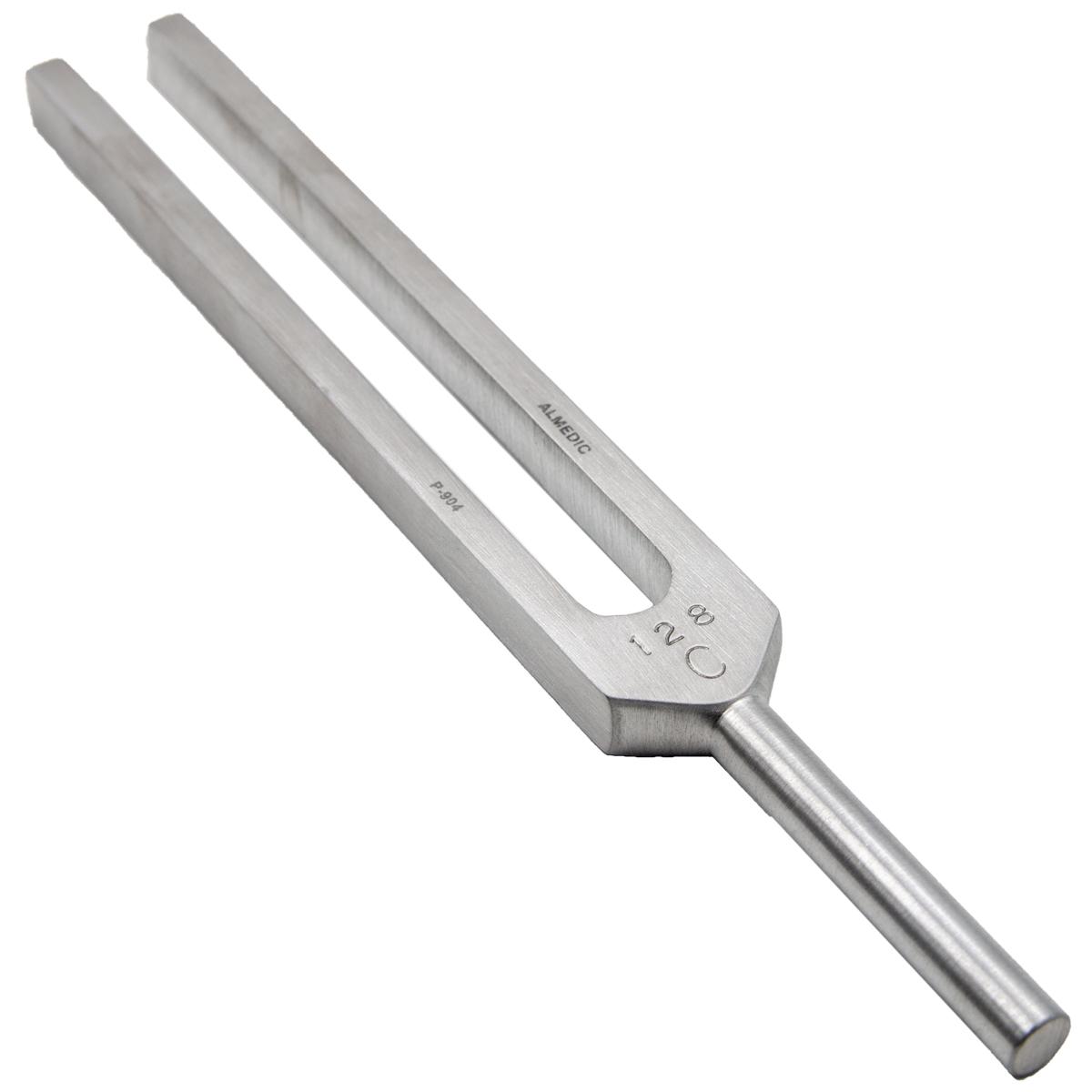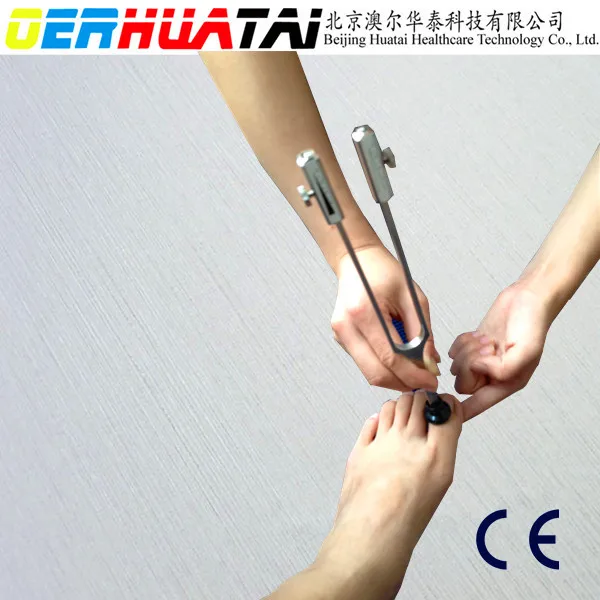



One point is assigned for each vibration sensation perceived (vibration “on”). Appears in: NCD national capacity: Related tests and. Ask the patient to tell you when the vibration stimulus is stopped, and then dampen the tuning fork with your other hand.ĥ. General availability of foot vibration perception by tuning fork at the primary health care level. Ask if the vibration sensation is perceived.Ĥ. With the patient’s eyes closed, apply the tuning fork to the bony prominence situated at the dorsum of the first toe just proximal to the nail bed. Apply the base of the tuning fork to the patient’s forehead or sternum and ensure that the vibration sensation is understood.ģ. Strike the tuning fork against the palm of your hand hard enough that it will vibrate for approximately 40 seconds.Ģ. Their conclusion was that the risk of foot ulcers, which is associated with diminished vibratory sensation, can therefore be detected earlier and more accurately with the CTF test.ġ. It was also found to identify severe neuropathy, even in the presence of a normal result with the 10-g monofilament test. they found the 128 Hz tuning fork test to be reproducible and accurate. This is a very important but often underutilized examination tool, much like the 10-gm monofilament it is cheap and easy to perform. Another inexpensive but very valuable tool in the examination of the diabetic foot for loss of protective sensation is the 128Hz tuning fork.


 0 kommentar(er)
0 kommentar(er)
